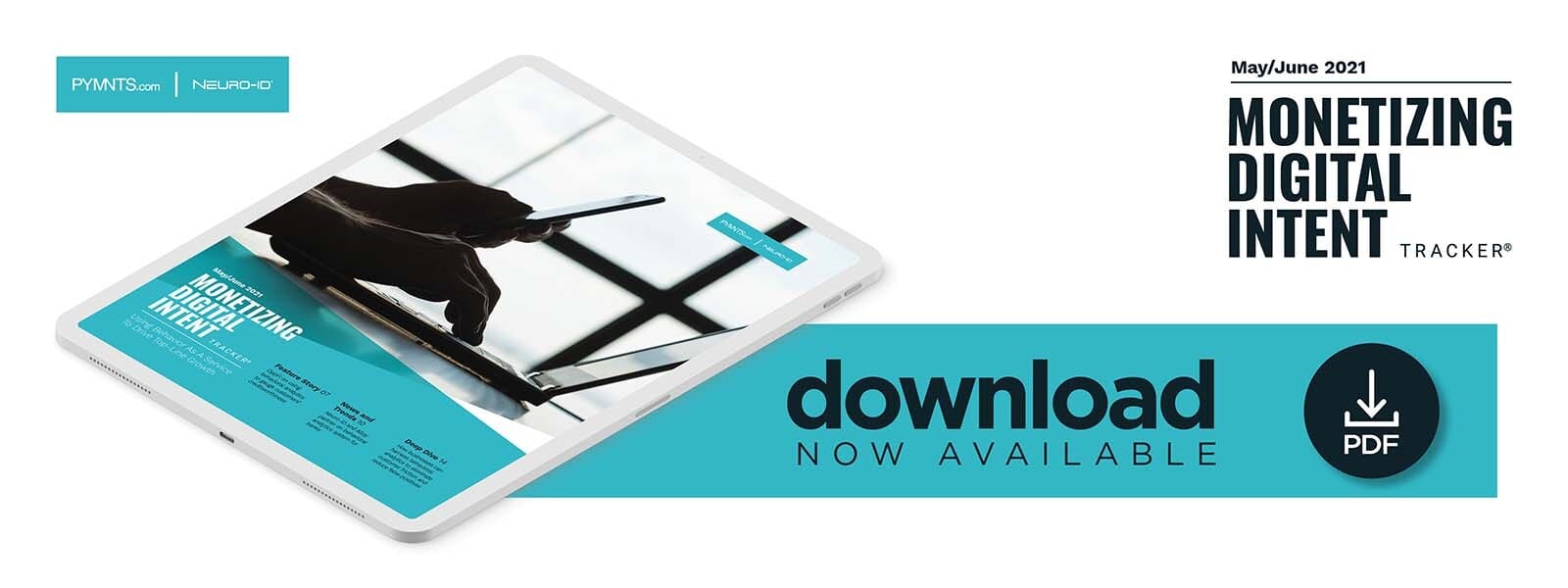OppFi On Using Behavioral Analytics To Gauge Customers’ Creditworthiness And Prevent Fraud

Traditional loan metrics often leave out individuals with low credit scores who are otherwise financially sound, but behavioral analytics can give lenders a better idea of whether they are truly capable of making good on their payments. In the Monetizing Digital Intent Tracker, OppFi CEO Jared Kaplan explains how behavioral analytics tools that examine customers’ data entry methods can help assess credit risk and improve loan access.
Applying for a loan can be a tedious and difficult proposition even under the best circumstances, with applicants forced to undergo rigorous credit checks and jump through numerous hoops to secure financing.
These challenges are even more daunting for individuals with poor credit scores, as lenders view them as potentially risky when it comes to paying back loans down the road. These concerns might be misguided, according to Jared Kaplan, CEO of FinTech OppFi, as they can deny financing options to individuals who have the means to repay their loans.
“These are not necessarily low-income people; they’re making $50,000, they have a job and they have a bank account,” he explained in an interview with PYMNTS. “But they also have poor traditional credit — as measured by traditional credit scores — so they often have difficulty when something arises. Perhaps their car breaks down, or something unexpected medically happens, and they have to borrow because they don’t have much savings, and the mainstream credit system essentially abandons them.”
Traditional loan approval methods designed to weed out potential fraudsters or payback risks are underserving these individuals, denying them access to financial tools that can allow them to make good on repayments. OppFi instead uses behavioral analytics to more accurately assess applicants’ credit risks and fraud potential, allowing the company to provide loans to underserved customers.
Challenges In Providing Loans To High-Risk Customers
Emergency expenses can crop up for any number of reasons. Car troubles and medical expenses are most common, and the vast majority of Americans are unprepared for such incidents. A study found that just 39 percent of U.S. consumers can afford an unexpected bill of $1,000, and traditional lending options can be of little use to those with less-than-stellar credit scores during these crises.
“Half of all consumers bank at the largest [financial institutions (FIs)] in the country, and many times, they just get laughed out of their banks,” Kaplan said. “The traditional banking world looks at credit score as being your check for ability and willingness to repay, but as it turns out, it’s quite unproductive, especially the lower you go down in the traditional credit spectrum.”
The inability to secure loans can force consumers to spring for much risker options like payday lenders and other predatory institutions. These lenders’ exorbitant interest rates often hamstring customers’ abilities to pay back these loans, forcing them to go into collections and perpetuating a negative feedback loop as individuals’ credit ratings slip even further.
“When the mainstream credit system abandons them, they’re essentially [at the mercy of] payday lenders and other pernicious alternatives that provide credit in a pinch but certainly at a high cost on many levels,” Kaplan said. “And then there are the markets of last resort, like auto title loans, going negative in your bank account and using bank overdrafts.”
Traditional credit checks and lending analytics can push a large share of consumers to seek out subpar lending options that heap more financial troubles upon them, but behavior-based systems can help prevent this slide to hardship.
Leveraging Behavioral Analytics To Secure Loans
Behavioral analytics is most useful for preventing fraud by ensuring that loan applicants are who they say they are, but Kaplan said the method can also play a key role in determining customers’ credit risks. Even minute details like how fast they type their names could offer clues about their likelihood to pay back loans — or whether they are legitimate customers in the first place. A fraudster might misspell the name of a stolen identity or copy and paste answers from other sources, for example.
“It’s hugely important to understand someone’s riskiness literally by how they fill out the [online] application,” Kaplan said. “How fast did they go? Did they delay on answers that they ought to know, like their birthdays? Did they change an answer a bunch of times? Do they use all caps? It’s fascinating what you can garner from behavioral analytics and then use that data to figure out someone’s riskiness.”
Additional credit data can be gleaned by looking at customers’ bank accounts, he said, but behavioral analytics systems typically give lenders all the data they need to approve or deny applications.
“You need to make sure that the consumer on the mobile device is in fact a legitimate consumer with legitimate need for $1,500 to repair their car or whatever the emergency is, and that the consistency of income is there so that [they] can repay the loan,” he explained. “In many cases, we ask a customer to actually log into their bank account and send us the last 90 [days’ worth] of transactions. But in the cases where the behavioral analytics is strong enough, we’re able to skip that most frictional part of the process and still ensure that the customer has got both the ability and willingness to repay.”
Kaplan said OppFi’s behavioral analytics system has been a game-changer since its implementation. The technology can eliminate friction points during fraud and creditworthiness checks, and OppFi and its customers have reaped rewards in terms of loyalty and conversion as a result.
“We’ve been able to double the conversion [rate] for the customers who we’re able to identify who don’t require a bank verification process,” Kaplan explained. “Behavioral elements can be a huge process for us to ensure customer satisfaction and conversion because customers have the opportunity to participate in a community that has [historically been out of their reach]. It’s not just the consumer that benefits; it’s also the financial institution.”
Larger FIs processing higher-value loans will likely require verification measures in addition to using behavioral analytics to combat fraud and determine creditworthiness. The technology is still nascent, however all signs indicate that it will play a prominent role in the lending industry in the years to come.
